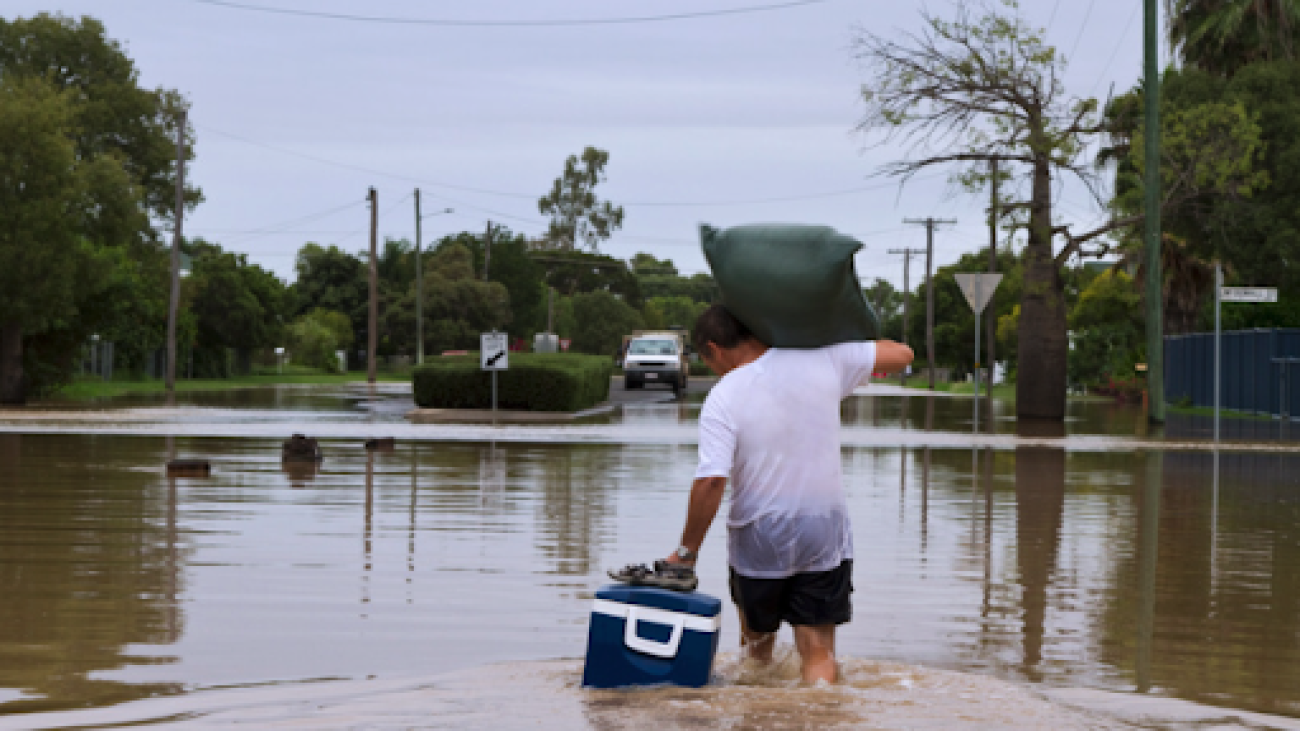Cyclone Reinsurance Pool Inquiry 2025: Impact on Insurance Costs and Future Reforms
As extreme weather events like cyclones become more frequent and intense due to climate change, the cost of insuring homes and businesses in cyclone-prone regions of Australia—particularly Northern Australia—has skyrocketed. In response, the federal government launched the Cyclone Reinsurance Pool in 2022, backed by a $10 billion guarantee to ease pressure on premiums and make insurance more accessible.
Now, in March 2025, the Joint Select Committee on Northern Australia has released its long-awaited final report on the pool’s implementation and operation. While the committee acknowledges that the pool is beginning to deliver positive, albeit limited, outcomes, it stops short of recommending sweeping changes. Instead, it offers a framework for refinement and long-term sustainability, leaving key questions for a forthcoming review.
At Business Insurance Consulting, this marks a critical juncture for homeowners and small business owners in cyclone-prone areas—and a moment for the broader industry to take note.
What Is the Cyclone Reinsurance Pool?
Established in July 2022, the Cyclone Reinsurance Pool was introduced by the former Morrison government to address spiralling insurance premiums in Northern Australia, where cyclone and flood risks are significantly higher.
The pool, managed by the Australian Reinsurance Pool Corporation (ARPC), provides coverage for:
- Cyclone damage and cyclone-related flooding for home, strata, and eligible small business policies.
- Events occur during a cyclone and up to 48 hours after it ends.
This government-backed scheme is designed to de-risk insurers, allowing them to lower premiums for customers in high-risk regions by transferring the cost of extreme weather reinsurance to the pool.
Key Findings and Recommendations from the 2025 Final Report
The parliamentary inquiry into the pool, which included testimony from insurers, consumer advocates, and regulators, resulted in eight recommendations. While the report doesn’t take a firm stance on some of the pool’s more debated design elements, such as expanding flood coverage or extending the 48-hour event window, it emphasises the pool’s early signs of success and the need for continued government support.
Here are the highlights:
- Continued Government Support: The committee urges the federal government to maintain and strengthen the pool, citing the urgent need to correct “market failure” in cyclone-exposed regions.
- National Resilience Program: A “strong recommendation” that the government implement a permanent, ongoing national resilience initiative focused on long-term disaster mitigation.
- Incentives for Home Hardening: Tax offsets and subsidies should be considered for homeowners to make their properties more cyclone-resistant.
- Inclusion of Marine Cover: The committee has requested the release of modelling data exploring the benefits of including marine insurance in the pool.
- Review of Taxation Methods: The ACCC is encouraged to investigate how current taxation affects insurance affordability, suggesting that state tax reform may be part of the solution.
These recommendations reflect a bigger-picture approach, tying the reinsurance pool into a broader strategy focused on climate adaptation, risk mitigation, and affordability.
The Insurance Council of Australia’s Response
The Insurance Council of Australia (ICA) welcomed the report, highlighting its alignment with its long-standing push for comprehensive affordability reforms.
“While we support the cyclone reinsurance pool’s intent to improve affordability and availability for cyclone-prone communities, we continue to advocate for targeted risk reduction as the most effective long-term solution to ease pressure on insurance costs.”
ICA’s statement underscores that insurance affordability cannot be solved through reinsurance alone—a combination of mitigation, reform, and resilience is essential.
What This Means for Homeowners and Businesses
This report is encouraging but not conclusive for residents and businesses in cyclone-affected regions—especially those in Northern Queensland, the Northern Territory, and parts of Western Australia. It confirms that the pool is beginning to stabilise premiums, but more needs to be done to lower insurance costs meaningfully and consistently.
Since joining the pool, Business Insurance Consulting has already seen clients in eligible areas benefit from modest premium reductions. However, many are still waiting for more noticeable savings, and questions remain about who is eligible, what types of claims are covered, and how to mitigate risk best to reduce premiums further.
A New Era of Resilience-Focused Insurance?
The most promising takeaway from the report is its strong endorsement of resilience-based policy reform. This includes ideas like:
- Subsidising cyclone-resistant construction materials.
- Offering incentives to homeowners for retrofitting roofs, windows, and other vulnerable parts of buildings.
- Requiring state governments to reform land-use planning to prevent building in high-risk zones.
This signals a shift from reactive financial assistance (such as disaster recovery payments) to proactive investment in prevention, which Business Insurance Consulting strongly supports.
How Business Insurance Consulting Helps You Navigate These Changes
Whether you’re a homeowner wondering how the cyclone pool affects your current policy or a small business owner seeking comprehensive protection against extreme weather, Business Insurance Consulting is here to help.
We provide:
- Personalised insurance reviews to check if you’re eligible for cyclone pool benefits.
- Access to competitive insurers that participate in the pool.
- Guidance on mitigation strategies that could lower your premiums further.
- Support through the claims process when the worst happens.
We stay current with government reforms, industry regulations, and climate-related risks, so you don’t have to.
Looking Ahead: What’s Next?
The committee’s final report doesn’t mark the end of the road for cyclone insurance reform—it’s a stepping stone. A scheduled formal review of the pool later this year will explore its future scope, possibly addressing issues like:
- Extending the 48-hour post-cyclone coverage window
- Including all flood events, not just those related to cyclones
- Broadening eligibility to more business types
- Further premium relief options
This means now is the ideal time for residents and businesses in cyclone-prone areas to review their insurance strategies, update their coverage, and take full advantage of available government and industry programs.
Don’t Wait for the Next Storm
Cyclone Alfred reminded Australians that extreme weather is no longer rare, and insurance needs to evolve accordingly. The Cyclone Reinsurance Pool represents a critical effort to make protection more accessible, but proper security also depends on how individuals and businesses act.Partner with Business Insurance Consulting to ensure your insurance policies are aligned with today’s risks, tomorrow’s reforms, and the increasing realities of a changing climate.


